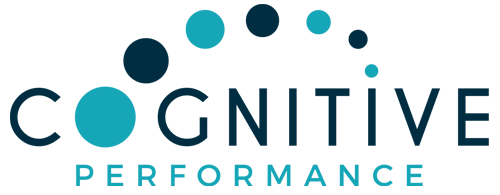Are you satisfied with your accomplishments?
Think back on the goals you’ve completed thus far. Most of us tend to operate on moving from one short-term goal to the next. We focus on graduating, then finding a job, then perhaps marriage or another relationship, then family, then our career or starting a business that inspires us, etc. Our list can go on and on – and surprising, our human nature of status quo and our innate need for safety leads to continuing to go after a goal long after is serves our internal desires.
Even though we may be working on the same goal list for years, research suggests that 30-50% of people are not deeply satisfied with their lives. This constant moving from one short-term goal to the next doesn’t necessarily lend itself to our satisfaction and happiness. One thing that’s also important to recognize is that every 5-10 years, as we mature, our goals and desires can (and usually will) change.
What are your goals? What are you committed to?
For most of us, staying dedicated and seeing the goal to actualization can be challenging given the daily demands of life. We’re surrounded by the urge to want to be an indulgent pleasure seeker of bliss or escapism through moderate behavior patterns.
Today, one of my goals is focused on life satisfaction that comes from the commitment that provides a positive impact on others through my business and personal relationships. I am dedicated to finding and teaching the best evidence-based strategies to help the most people find life satisfaction. I help people find out how to find their “WHY” and determine the motivation behind their goals and desires. Those things that inspire you, is the Why that allows you to dig deeper and accomplish goals that propel you forward towards life satisfaction.
Ask your self if your outer goals are aligned with your deepest inner desires. Do you feel stuck or dissatisfied with where you are or getting to where you want to go? It’s important to identify ways to help yourself satisfy your goals for your life. I want to share with you a neurocoaching exercise to help you find your “why”. It will take about 30-40 minutes, and all it involves is you, your honesty, and a pen and paper!
Finding Your “Why” Exercise
Preparation:
On your sheet of paper, make five separate columns.
Column One:
In this column, list your major past goals, desires, accomplishments, and purposes.
Column Two:
For column two, list your current loves. These are the activities or things that give you the most pleasure and meaning.
Column Three:
Column Three should be a list of all your future goals and desires. Make sure that you are listening to your inner voice – these should be goals and desires that you intuitively feel would give your life purpose, value, and direction.
Take a Step Back:
Now that you’ve completed these first three columns, take a step back. Relax wherever you are, take deep breaths, and get to a place of total relaxation. Meditate on these columns. Don’t allow yourself to judge your thoughts or feelings, but rather take them in for what they are. Pay close attention to any patterns of inner truths that come to the surface. These could be concerning your past loves and purposes, or what you desire to focus on for the next couple of years. Write down these thoughts that come to you.
Column Four:
After taking this time, use column four to make a list of your inner obstacles. These are the things that are holding you back from achieving all you want to achieve. These are the qualities about yourself that you would like to be free from or learn how to accept and move forward.
Column Five:
Finally, list the outer obstacles that could potentially make it difficult to or stop you from achieving your future goals. These are outward things that can get in your way, such as money, people, or time. It’s important not to leave this part out because you need to make sure you come up with a plan to overcome both real and imagined obstacles.
Once you’ve completed all five columns, take the time to reflect on them.
Research shows the importance of recognizing problems visually so that you can then create solutions. Going off this, you can then start to visualize yourself overcoming these obstacles and taking actions on your goals and desires. This visualization is essential to then make the decision of the direction you want to take your life in. This exercise will help you identify what is important to you, what you desire for your future, and give you the ability to recognize the importance of addressing your past skills and experiences as ways of making you who you are today. Keep being mindful, and continue to write down any intuitions that come to mind – including those “a-ha” moments and experiences!
I hope this post and exercise is able to help you identify what your future goals look like and what your big “why” is. I’d love to hear what you discover about yourself and what steps you take to overcome both inner and outer obstacles to help yourself achieve your goals and desires.

 Read Previous Post
Read Previous Post
